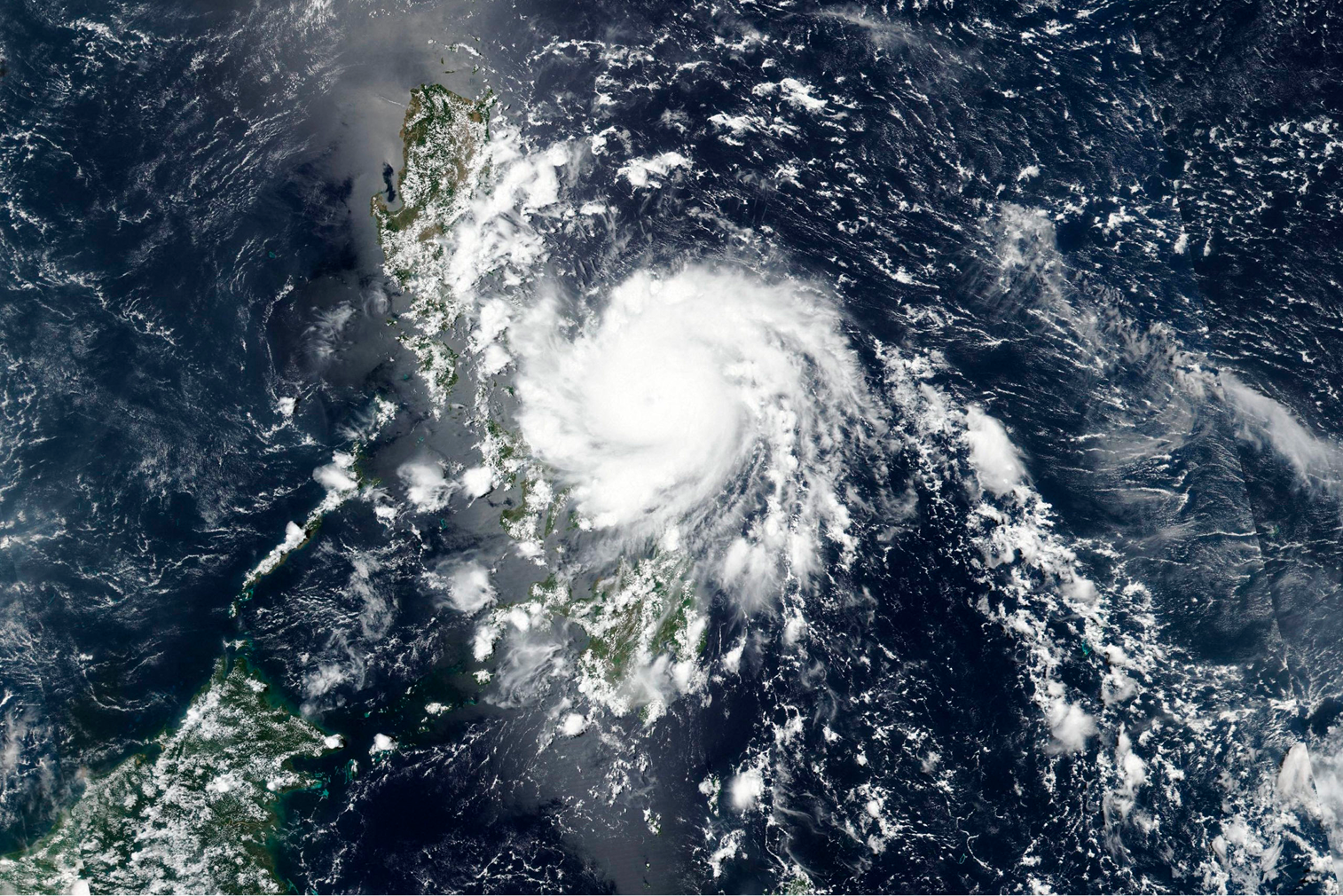Understanding Typhoons
Public Storm Warning Signals (PSWS)
The Philippines uses PSWS to indicate the expected weather conditions:
- PSWS #1 - Winds of 30-60 kph expected in at least 36 hours
- PSWS #2 - Winds of 60-100 kph expected in at least 24 hours
- PSWS #3 - Winds of 100-185 kph expected in at least 18 hours
- PSWS #4 - Winds of 185-220 kph expected in at least 12 hours
- PSWS #5 - Winds of more than 220 kph expected in at least 12 hours
Before a Typhoon: Preparation
Home Safety
Emergency Supplies
Family Emergency Plan
During a Typhoon: Safety
Stay Indoors and Stay Safe!
Do not go outside unless absolutely necessary during the typhoon.
If You Are Indoors:
- Stay away from windows and glass doors
- Keep emergency supplies close at hand
- Listen to weather updates on radio or TV
- Be ready to evacuate if necessary
- Stay in the strongest part of your house
If You Are Outdoors:
- Seek shelter immediately
- Avoid areas prone to flooding
- Stay away from power lines and trees
- Do not attempt to cross flooded areas
If You Are in a Vehicle:
- Pull over to a safe location
- Avoid driving through flooded areas
- Stay in the vehicle if it's safe
- Be aware of falling debris
After a Typhoon: Recovery
Immediate Actions:
- Check for injuries and provide first aid if needed
- Listen to official announcements
- Check for structural damage
- Be cautious of downed power lines
- Check for gas leaks
Safety Precautions:
- Do not enter flooded areas
- Be careful of damaged structures
- Watch out for snakes and other animals
- Boil water before drinking
- Check food for spoilage
Recovery Steps:
- Document damage for insurance claims
- Begin cleanup and repairs
- Contact utility companies for service restoration
- Help neighbors if possible
- Report hazards to authorities
